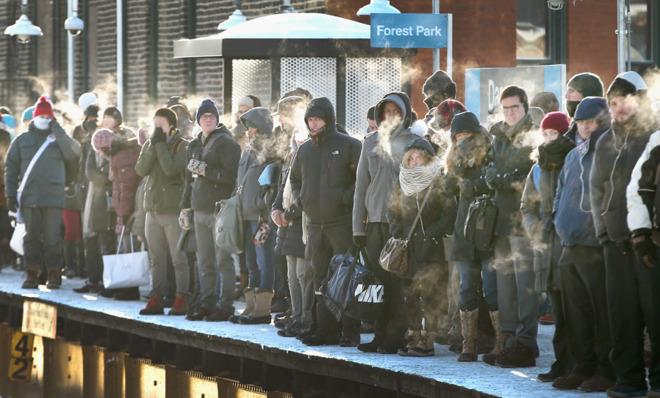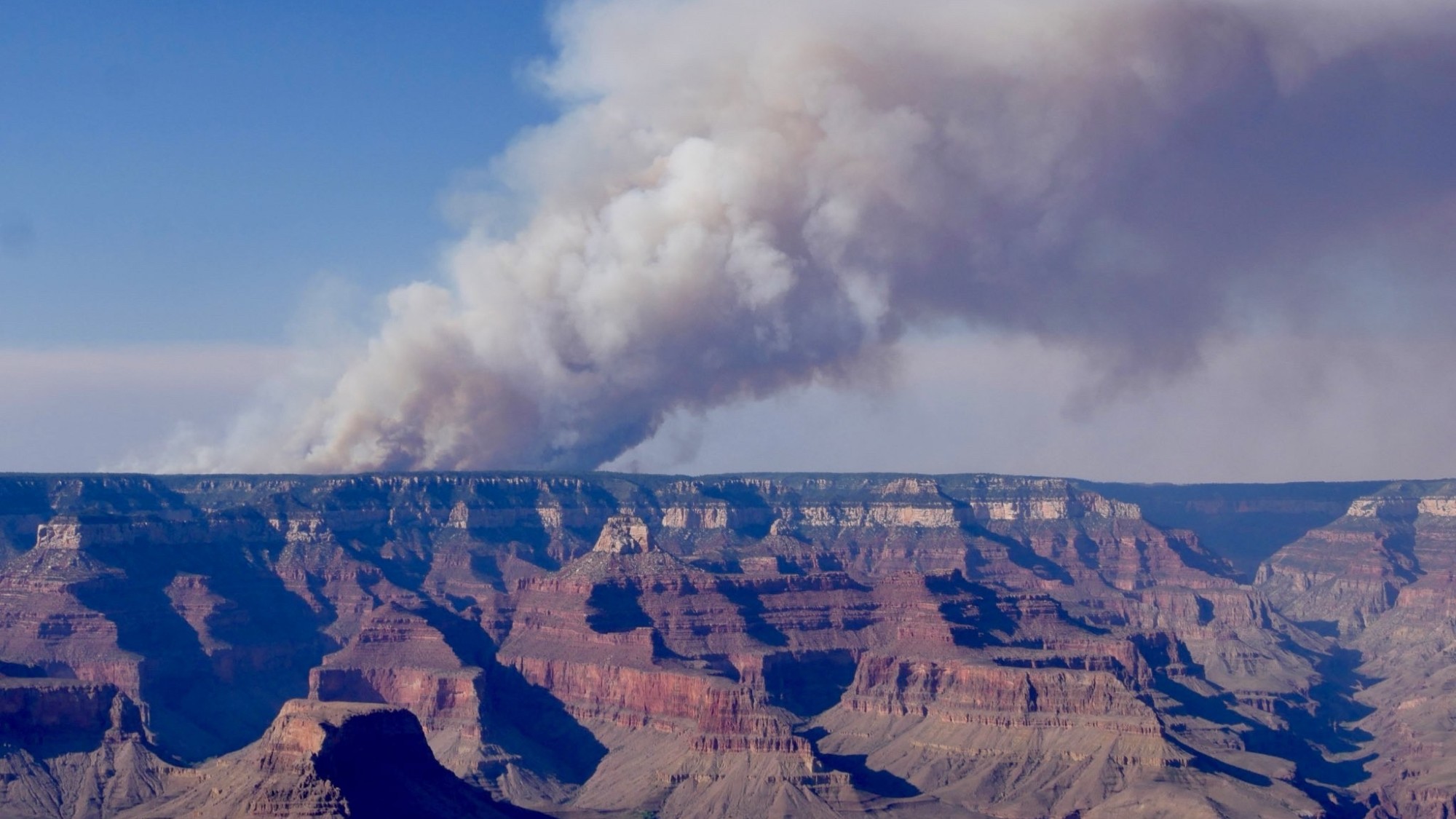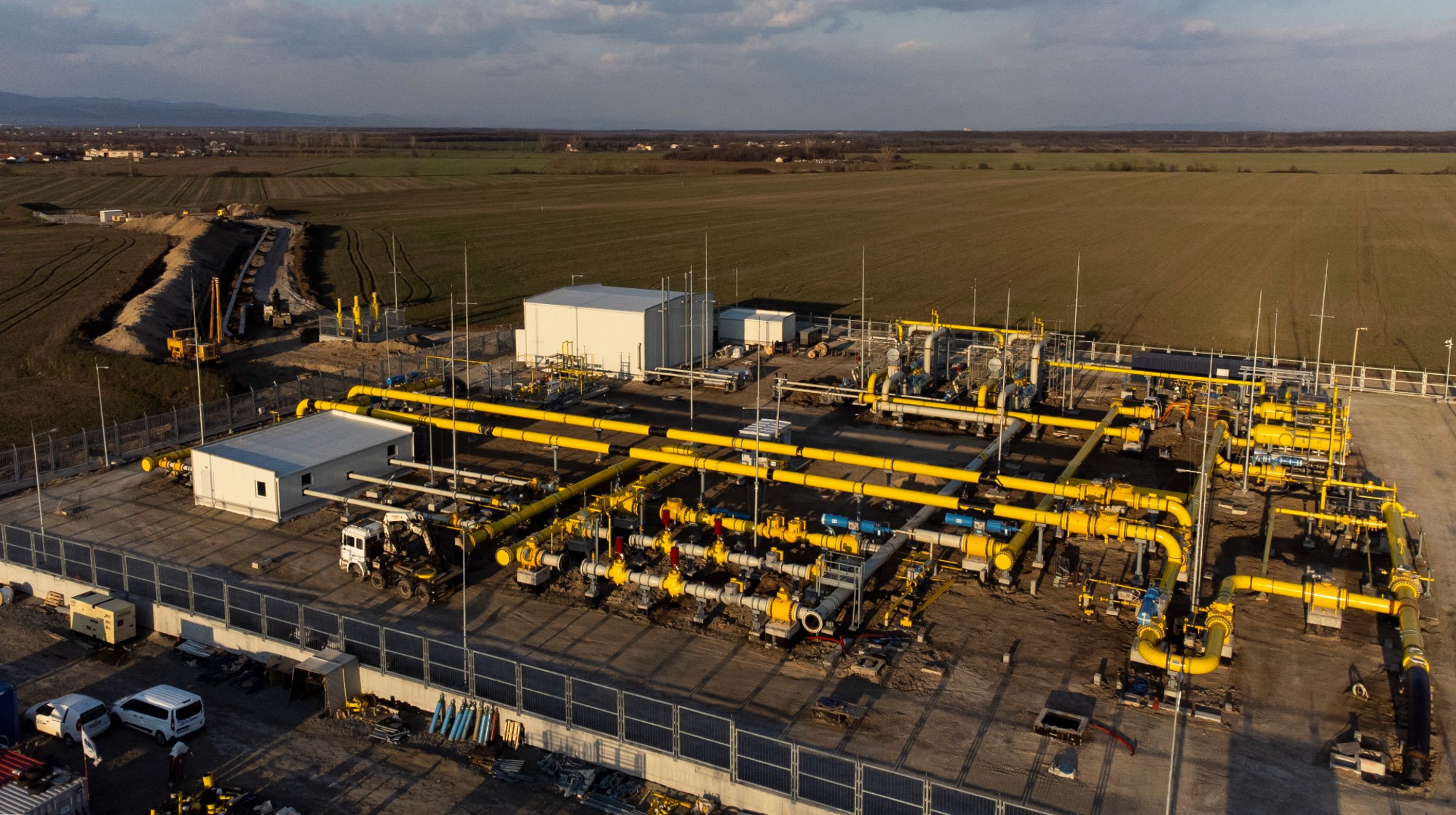What is driving the increasingly weird behavior of the polar jet stream?
If you guessed climate change, you might be right


A big link between climate change and severe weather may be lurking 30,000 feet above your head. More and more scientists are interested in the links among the increasingly weird behavior of the polar jet stream and the disappearance of ice and snow in the Arctic and other extreme weather trends. The linkage is suggestive, though not proven, but if true would clearly demonstrate that what happens in the Arctic affects more than just polar bears.
What's happening to the polar jet stream
One of the biggest drivers of weather in North America is the polar jet stream, a ribbon of high-speed winds that flows east from Alaska, across the U.S. and Canada, and over the Atlantic Ocean towards Europe. The jet stream alters weather conditions below it by moving warm and cold air masses around, allowing weather systems to migrate across land and sea. The jet stream's path undergoes some natural variation, but has gotten downright loopy in recent years, according to scientists.
The Week
Escape your echo chamber. Get the facts behind the news, plus analysis from multiple perspectives.

Sign up for The Week's Free Newsletters
From our morning news briefing to a weekly Good News Newsletter, get the best of The Week delivered directly to your inbox.
From our morning news briefing to a weekly Good News Newsletter, get the best of The Week delivered directly to your inbox.
(More from World Science Festival: A DNA test reveals a surprise in one family tree)
"I've been doing meteorology for 30 years, and the jet stream the last three years has done stuff I've never seen," Jeff Masters, meteorologist at Weather Underground, said in 2013. "The fact that the jet stream is unusual could be an indicator of something. I'm not saying we know what it is."
Rutgers University atmospheric scientist Jennifer Francis thinks there is a clear climate change factor in the jet stream's wobbliness: the warming of the Arctic. Temperatures are rising in the Arctic regions faster than anywhere else in the world, an effect called "Arctic amplification" that may be due to the fact that as sea ice melts it exposes darker water that absorbs more heat then the reflective ice. As the Arctic warms more quickly than other regions, this lessens the temperature gradient between the equator and the North Pole, a key factor governing the behavior of the polar jet stream.
How? A weakening temperature gradient slows the jet stream, which has the effect of making it wavier — or so goes the theory. Francis compares the situation to a river flowing down a mountain and out towards the coast. While it's moving quickly down an incline, the river takes a more straightforward route; when it slows, as the base of the mountain shallows approaching the coast, the river naturally adopts a more wandering path. Similarly, a slower jet stream is more likely to be wavy, with more peaks ("ridges") and dips ("troughs").
A free daily email with the biggest news stories of the day – and the best features from TheWeek.com
How a wavier jet stream equals wilder weather
And a wavier jet stream has historically been associated with extreme weather. In one study published in Nature Climate Change in June 2014, University of Exeter mathematician James Screen and University of Melbourne earth scientist Ian Simmonds combed through historical weather data going back to 1979 and focused on 40 extreme weather events, from heavy rainfall to droughts, cold snaps, and heat waves. In general, they found that large waves in the jet stream tend to coincide with such events.
(More from World Science Festival: Meet a woman turning kids into scientists with cabbage)
Jet stream waviness has also been linked to all sorts of extreme weather events in recent years. Francis has argued that the left hook that Hurricane Sandy took (sending it towards New Jersey) was due to a blocking ridge. And the 2013-2014 winter, which was unusually warm in Alaska, unusually dry in California, and unusually cold across the Midwest and East Coast, occurred as the jet stream stayed in a holding pattern, in a shape that had a big ridge to the west and a deep trough to the east.
"It's a great example of the kind of pattern we expect to see more often," Francis says.
Why there's complexity, uncertainty, and chaos
Not every scientist is on board with the theorized connection between the jet stream and extreme weather. Colorado State University atmospheric scientist Elizabeth Barnes took a look at jet stream waviness between 1980 and 2011, and proposed that the increased waviness that Francis and other scientists were seeing is "likely an artifact of the methodology" they used.
Barnes' analysis of the data showed no wide trends in jet stream speed or increased episodes of blocking ridges over that 30-year period. But Francis and other scientists point out that the extreme type of Arctic melting we're seeing today has only kicked into gear within the last decade, so looking at data going back thirty years might muffle the signal of the changes that are currently happening.
"I'm pretty much on the middle ground here," says NOAA scientist James Overland. "We've seen more severe weather in the mid-latitudes" — the zones between the tropics and the polar regions — "in the last 5 years or so, and we also know that the Arctic is changing and warming up quite a bit. But the uncertainties are in understanding the mechanisms that tie the two together. The timescale is very short, [making it harder to] totally prove that there is a connection… and weather is very chaotic to start with, so it's hard to isolate what the Arctic contribution would be."
(More from World Science Festival: What to do before you walk in space)
Even if the changing jet stream is found to influence weather trends, individual weather events don't typically stem from a single cause. In an unusual 2010 snowstorm that buried Washington, DC under three feet of powder, for example, there was cold Arctic air ferried south by a dip in the jet stream, but there was also an El Nino event bringing moisture laterally, across the southern U.S. "It was the two acting together," Overland says. "If you'd just had one or the other it wouldn't have been so extreme."
Overland doesn't really see a consensus emerging in the next few years; the problem isn't just a lack of data, but in the differences between computer models and climate scientists' own interpretations. The jet stream might not end up being the smoking gun; there are other proposed mechanisms that tie climate change and wild weather together. Still, "we believe that we're going towards a nearly sea ice-free Arctic in the next 10-20 years," says Overland. "The question now is: Do you wait for more perfect information, or do we act on incomplete information?"
-
 ‘Managed wildfires have spread out of control before’
‘Managed wildfires have spread out of control before’Instant Opinion Opinion, comment and editorials of the day
-
 Separating the real from the fake: tips for spotting AI slop
Separating the real from the fake: tips for spotting AI slopThe Week Recommends Advanced AI may have made slop videos harder to spot, but experts say it’s still possible to detect them
-
 Europe sets 2027 deadline to wean itself from Russian natural gas
Europe sets 2027 deadline to wean itself from Russian natural gasIN THE SPOTLIGHT As international negotiators attempt to end Russia’s years-long invasion of Ukraine, lawmakers across the EU have reached a milestone agreement to uncouple the continent’s gas consumption from Moscow’s petrochemical infrastructure